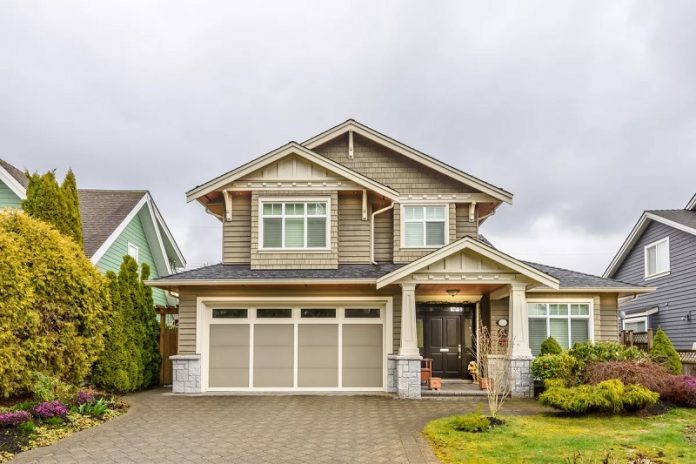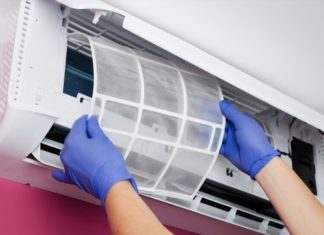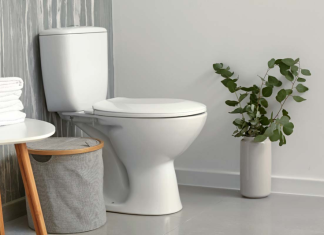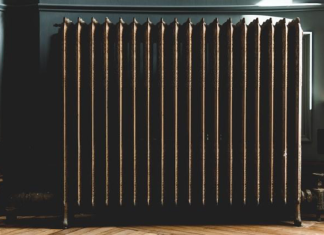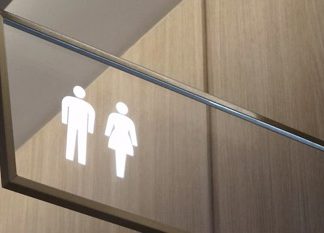The 70% rule is actually a guide line for the real estate investors when they intend to invest for a repairable property. It states that the real worth of a repairable property should be the 70% of its after repaired value minus the estimated repair cost for its complete renovation. This calculation helps a lot guide the investors to put forth their offer regarding the market value of a repairable property. For example, if you judge the after repair value (ARV) of a distressed house is $1000000 and the estimated repair cost (ERC) for its renovation is $200000, you can calculate its market worth by using the 70% rule quite easily ($1000000 x 70% – $200000 = $500000). So, an offer of $500000 will be quite realistic.
One thing must be kept clear that this formula does not hold good for all sorts of real estate dealings. It is meant only for a repairable property. Hence, the investors who tend to apply this 70% rule to all kinds of available properties uniformly get few of their offers accepted. So, if you pay this much regard to this 70% rule, you will miss a lot of deals because your offers will be way far from the market value and, hence, will not be the competitive ones. You can make fair, realistic offers if you remain in tune with the market trends and, consequently, these offers will have a higher chance of being accepted.
Fix and Flip Loans
Instead of private money loans, short-term real estate investors take fix and flip loans in order to purchase and renovate a property before flipping it at a profit. There are six fix and flip financing options, but the best and the most popular one is fix and flip personal loans. Only the investors with competitive rates for prime borrowers can be facilitated with such types of loans by the money lenders say hard money lenders in Los Angeles. You can receive your funding in as little as 15 days after having got yourself prequalified online in minutes and seeing your exact rates. Followings are the six types of fix and flip loans .
Hard Money Loan
This loan suits the experienced investors who have already accomplished more than two flips. Novice investors working with a contractor are also fitting here.
Cash Out Refinance Loan
Investors with an existing investment property with at least 30% to 40% equity are the best for this loan.
Home Equity Line Of Credit
The best investors for this very loan are those with the owner-occupied primary residence and 30% to 40%+ in existing home equity.
Investment Property Line of Credit
Investors having equity in their rental property and demanding cash out of other purchases are the most suitable for this type of loan.
Bridge Loan
Investors with a wish to close quickly and to plan on getting other financing later.
Permanent Bank Loan/Online Mortgage
Buy and hold investors willing to buy property they want to flip over 5+ years.
Thus, we can see that hard money loans are the best type of fix and flip loans.
